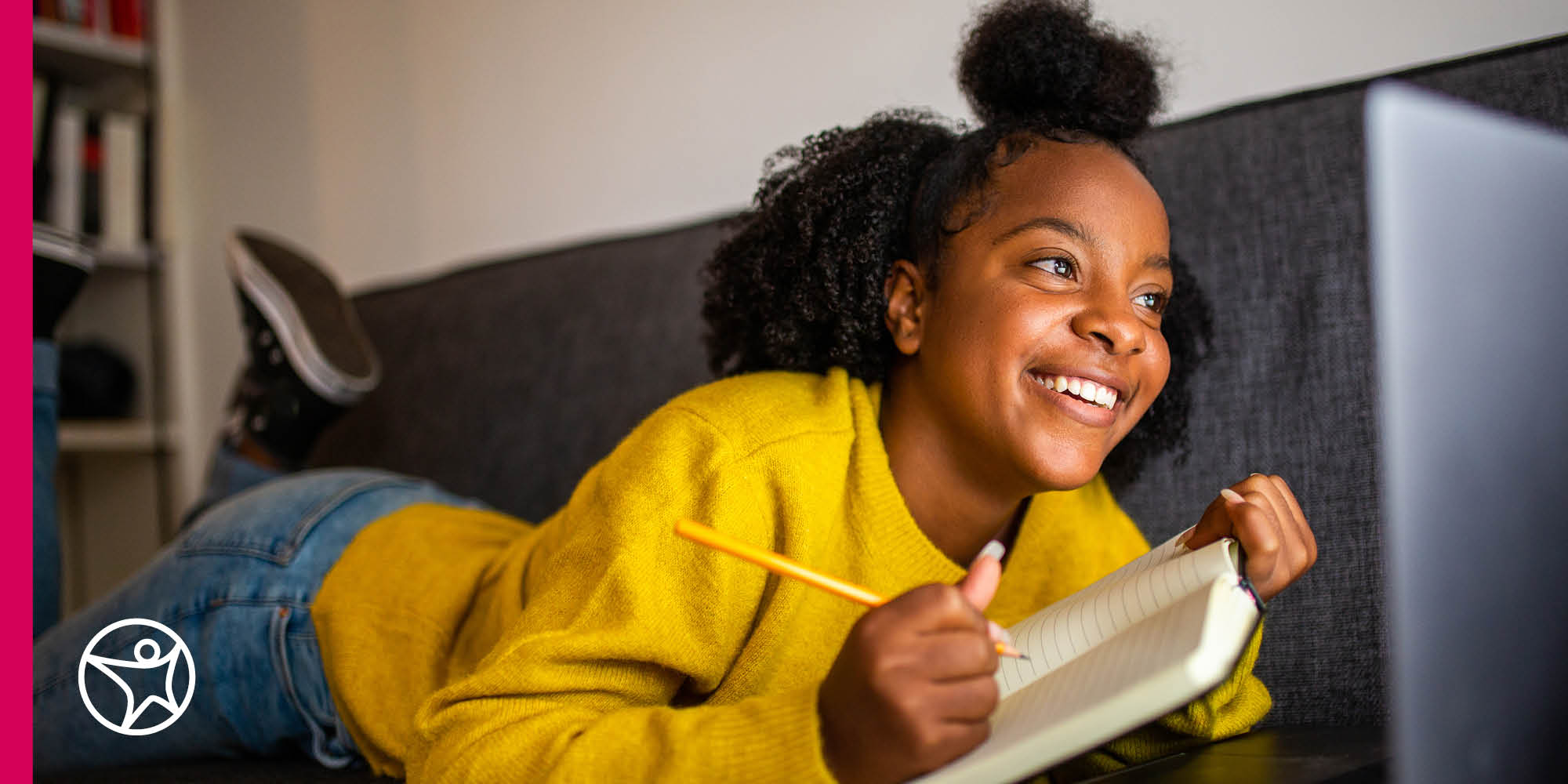Ultimate Guide to Brain Breaks and Brain Boosters for Kids
byDirk Lester
5 min to read
“If you get tired, learn to rest, not to quit.” — Banksy
If you’ve seen this quote around, you aren’t alone. The world can be a stressful place for parents and teachers, and that’s especially true for kids nowadays. Their school days are different. Their home lives are different. Even the ways they’re allowed to play have changed. That’s a lot of uncertainty for children to have to process on their own. It’s unresolved anxiety that can manifest in them in a variety of ways—from impulse control issues or social withdrawal to having trouble sleeping or problems concentrating on their schoolwork. Fortunately, they aren’t on their own; they have you, you have us, and we have a suggestion: Brain breaks and brain boosters.
Brain breaks for kids are great tools for increasing and focusing their energy during the day.
Why? Because giving them positive, structured ways to spend five to 10 minutes away from their schoolwork or homework can keep their minds sharp and focused during the day. The American Academy of Pediatrics(opens in a new tab) (AAP), has actually recommend mind-body techniques such as brain breaks and movement-based brain boosts, as they offer children a variety of physical benefits, including increased oxygen flow to their heart and lungs, calmer nervous systems, and decreased production of stress hormones.
Here are a few reasons to add breaks and boosters to your child’s routine:
- Breaks are an overall health and wellness benefit.
- Breaks enhance kids’ social-emotional growth.
- Breaks sharpen the short-term memory.
- Breaks reduce anxiety and ease burnout.
- Breaks facilitate improved academic achievement.
- Breaks improve behavior in and out of the classroom.
- Breaks boost attention span and motivation to learn.
- Breaks keep kids from being overwhelmed by boredom or fatigue.
How Do Brain Breaks and Brain Boosters Work?
The United Nations Children’s Fund(opens in a new tab) (UNICEF) defines brain break activities as short-structed mental breaks for children and opportunities to recharge at regular intervals. Though they’re typically utilized in traditional classroom settings, they can be used at home to good effect.
The neuroscience of it is fascinating. Brain breaks for kids support natural cognitive function by increasing the oxygen flow to the brain, supporting neural health, and improving memory. They activate unused networks of children’s brains, shifting the workload away from regions blocked by work or stress and giving them the time they need to reset and refocus. You see, for your child to learn something new, that new information has to pass through a filter in their brains called the amygdala. Unfortunately, when they get anxious or they’re overwhelmed, that filter closes. Opening it again is where brain breaks come in.
Best Practices for Brain Breaks and Brain Boosters
The best time to schedule your kid’s brain break or brain booster is immediately after they’ve completed an assignment. That way, they will be less likely to lose focus as they are overwhelmed by boredom or fatigue halfway into the next one. These breaks should be short—between five and 15 minutes—involve physical activity of some kind,(opens in a new tab) and give children the chance to rest whichever academic skills they were using prior to them. In other words, you shouldn't give them a math-focused break after math. You should also tell your kids that you’ve planned breaks and boosters, so that they look forward to them as they work.
Here are the three basic types of Brain Breaks and Brain Boosters:
- Physical Breaks and Boosters will help your kids feel re-energized and re-invigorated after periods of physical inactivity. Breaks and boosters of this sort(opens in a new tab) typically revolve around short bursts of exercise—including dancing, jogging in place, or simply doing a set of jumping jacks.
- Social Breaks and Boosters usually involve connectivity and social collaboration. These breaks foster teamwork(opens in a new tab), develop kids’ problem-solving skills, and tend to focus on communication. These breaks revolve around short games, puzzles, and problem-solving.
- Mindfulness Breaks and Boosters will help you slow your kids down after high-energy assignments. They’re designed to calm and re-center children by giving them time to process periods of intense learning in order to reduce stress and strengthen focus(opens in a new tab). These breaks involve activities such as light yoga, meditation, journaling, and sensory exercises.
Ideas for At-Home Brain Breaks and Brain Boosters for Online Learning
Use these ideas for brain breaks and brain boosters to build a list of activities(opens in a new tab) you can pull from. Whether your kids are in elementary, middle, or high school, you can find breaks and boosters(opens in a new tab) that work for them:
- Play a couple of your kids’ favorite tunes and have a two to three song long dance party.
- Join your kids for a quick but energetic round of Telephone, Simon Says, or Follow the Leader.
- Toss a ball around, go for a quick jog around your house or yard, or set a jumping jacks challenge.
- Practice spelling or vocabulary by choosing a word and then having your kids write it in the air.
- Start a quick, silly questions game with your kids such as “Would You Rather” or “Four Corners.”
- Tell a collaborative story with your kids, where one person starts the story and then you alternate turns, adding details to it as the story evolves.
- Have your child create a secret handshake that will just be between the two of you.
- Teach them an activity that encourages mindfulness, such as meditative breathing or a child-suitable yoga pose.
- Give your kids a few minutes to color, doodle quietly, or write in their diary or journal.
- Find a brain teaser or riddle related to a subject you’d like them to focus on.
- Brainstorm with them to come up with a few future brain breaks and brain booster activities.
By incorporating brain break and brain booster activities like these into your kids’ at-home learning schedule, you’ll make it more positive, more productive, and more fun. And Connections Academy® will be here to lend a hand. Our online Resource Hub was designed to help parents foster a stimulating learning environment that facilitates the achievement, growth, and resiliency of their children.



